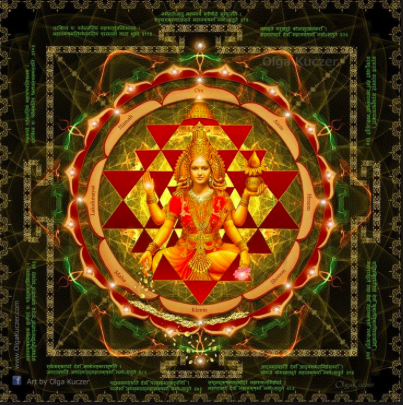In the tantric texts, kundalini is conceived of as the primal power or energy. In terms of modern psychology, it can be called the unconscious in man. As we have just discussed, in Hindu mythology, kundalini corresponds with the concept of Kali. In the philosophy of Shaivism, the concept of kundalini is represented by the shivalingam, the oval-shaped stone or pillar with a snake coiled around it.
However, most commonly, kundalini is illustrated as a sleeping serpent coiled three and a half times. Of course there is no serpent residing in mooladhara, sahasrara or any other chakra, but the serpent has always been a symbol for efficient consciousness. In all the oldest mystic cults of the world you find the serpent, and if you have seen any pictures or images of Lord Shiva, you will have noticed serpents girdling his waist, neck and arms. Kali is also adorned with serpents and Lord Vishnu eternally reposes on a large coiled serpent. This serpent power symbolizes the unconscious in man.
In Scandinavian, European, Latin American and Middle Eastern countries and many different civilizations of the world, the concept of the serpent power is represented in monuments and ancient artifacts. This means kundalini was known to people from all parts of the world in the past. However, we can conceive kundalini in any manner we like because actually, prana has no form or dimension, it is infinite. Sivananda

